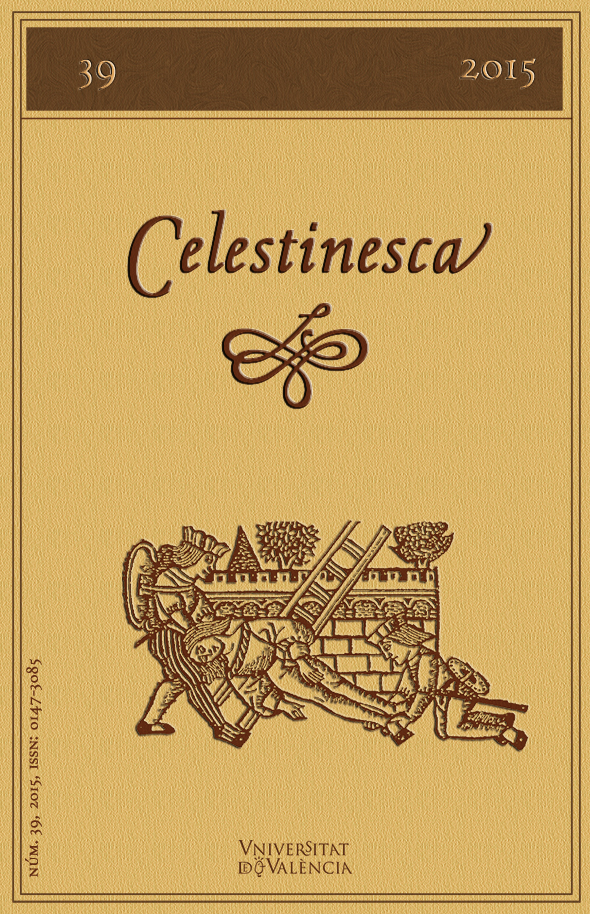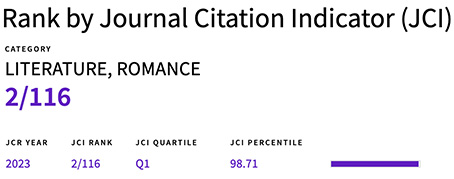Casa, torre, árbol, muro: hacia una morfología del escenario urbano en las ediciones antiguas de Celestina
DOI:
https://doi.org/10.7203/Celestinesca.39.20182Keywords:
Celestina, morphological analysis, engravings, city, space, travel books, chronicles, Dürer Abstract
Abstract
This article is a morphological analysis of the urban and architectural settings in the illustrations of the first Spanish editions of Celestina (Burgos 1499, Sevilla 1502 / c. 1518, Valencia 1514). They are compared with the engravings from the German translation published in Augsburg (1520). After considering potential German antecedents the study extends the possible influences to other sources in addition to dramatic editions. The article also discusses in morphological terms the urban models that the German sources of the Spanish woodcuts could have used. These include the urban scenery visualized from dramatic texts, paintings, the pictorial manuscript tradition, the Gothic tradition of architectural drawing and, particularly, the cityscapes illustrated in popular editions, such as travel books and chronicles. Due to several reasons, including artistic ones, the evolutionary status of all these sources and, therefore, of the Spanish illustrations, fit a Pre-Renaissance spatial and architectonic design. This statement is confirmed through the analysis of their morphological components in contrast to the ones deployed by Hans Weideitz in the German translation, which already show a Post-Burgkmair and Post-Dürer perspective.
 Downloads
Downloads
Downloads
Published
How to Cite
-
Abstract364
-
PDF (Español)212
Issue
Section
License
![]() Celestinesca is committed to the dissemination of knowledge, that is why access to its contents is free and is ruled by a Creative Commons Attribution-NonCommercial-NoDerivatives 4.0 license.
Celestinesca is committed to the dissemination of knowledge, that is why access to its contents is free and is ruled by a Creative Commons Attribution-NonCommercial-NoDerivatives 4.0 license.
Authors retain the rights to their works. Therefore, they can disseminate them and deposit them in the repository, institutional or not, that they wish. However, they are kindly requested to do so by providing the full bibliographic reference and the corresponding DOI.
Celestinesca does not charge authors for submitting, processing, reviewing or publishing their articles.





